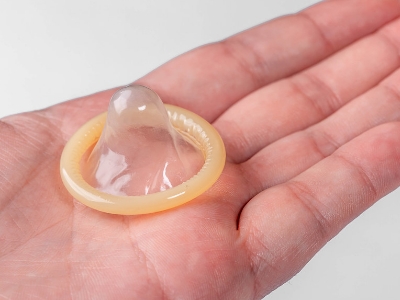Cervicitis

Cervicitis is an inflammation of the cervix, the lower, narrow end of the uterus that opens into the vagina. Cervicitis is common and may be caused by several factors. Typical causes include infections, chemical or physical irritations, and allergies.

What Causes Cervicitis?
- Sexually transmitted infections. Most often, the bacterial and viral infections that cause cervicitis are transmitted by sexual contact. Cervicitis can result from common sexually transmitted infections like chlamydia, including gonorrhea, trichomoniasis, and genital herpes.
- Allergic reactions. An allergy, either to contraceptive spermicides or to latex in condoms, may lead to cervicitis. It is due to a reaction to feminine hygiene products, such as feminine deodorants, which also can cause cervicitis.
- Bacterial overgrowth. An overgrowth of some of the bacteria that are normally present in the vagina can lead to cervicitis.
Symptoms
- Large amounts of unusual vaginal discharge
- Pain during sex
- Frequent and painful urination
- Bleeding between menstrual periods
- Vaginal bleeding after sex is not associated with a menstrual period
Can You Get Cervicitis Without STD?
Yes, you can get cervicitis without a sexually transmitted disease. It is more common for women to suffer from cervicitis due to sexually transmitted infections, such as gonorrhea, chlamydia, genital herpes, and trichomonas.
How is Cervicitis Diagnosed?
Cervicitis can be diagnosed during a full pelvic exam. Pap smears may also be performed. These tests allow your healthcare provider to analyze your cervical and uterine cells for abnormalities. A sample of vaginal discharge will also be taken to your doctor to test for infections such as gonorrhea, chlamydia, and trichomonas.

Prevention
- Use deodorant tampons instead of douches to avoid irritants.
- Make sure your partner is free of any STI and does not have multiple sex partners.
- Make sure that any foreign objects you insert into your vagina are properly placed. Follow the instructions on how long to leave it inside, how often it should be changed, and how often it should be cleaned.
- Use a condom every time you have sex to lower your risk of getting an STI. A condom must be used properly every time.
How is Cervicitis Treated?
Specific treatment for cervicitis will be determined by your health care provider based on your age, overall health, the severity of the condition, and medical history. The goal of the treatment is to reduce symptoms and prevent the spread of infection. Medications include antibiotics. Azithromycin is a potent antibiotics that are given to manage cervicitis.



